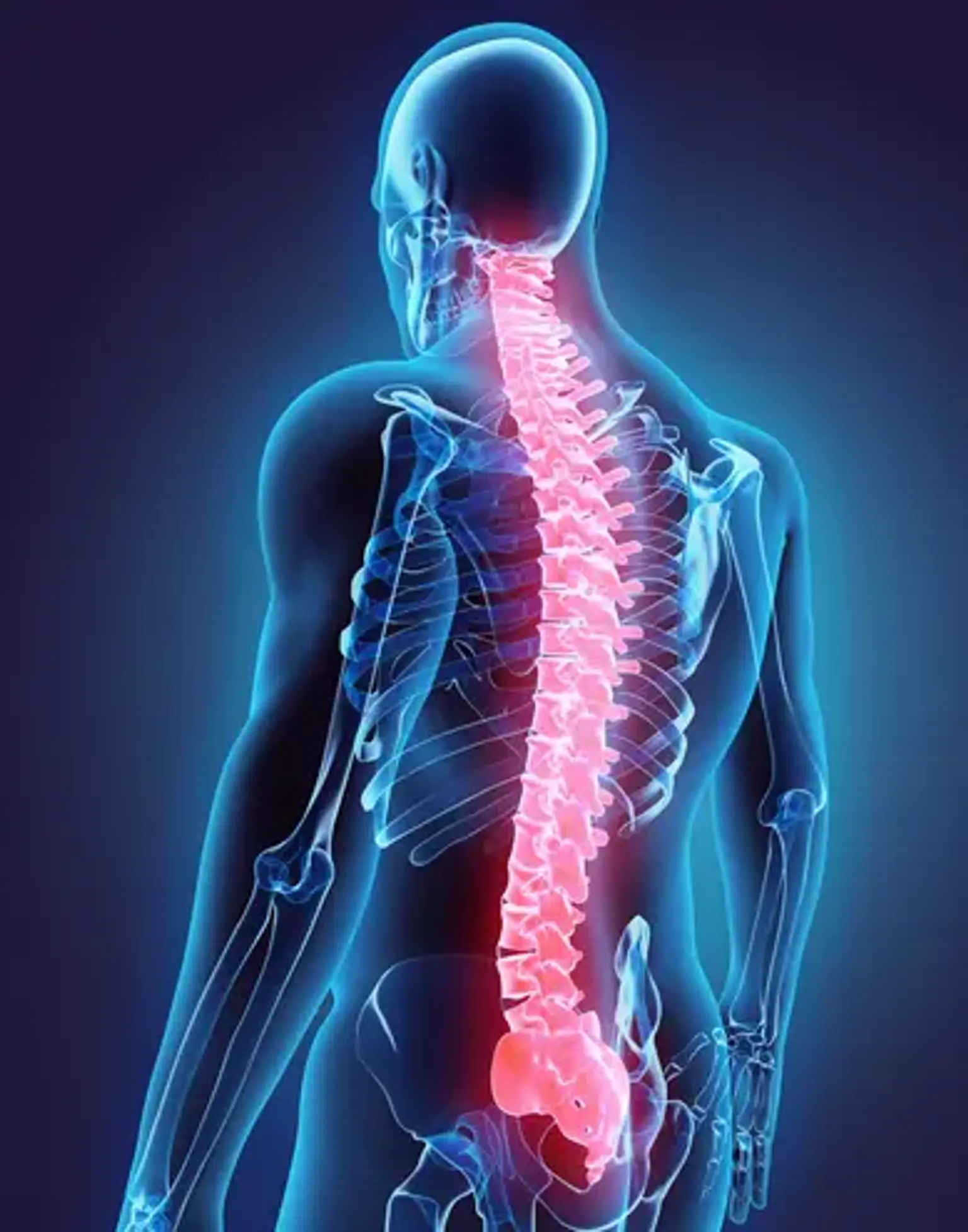Spondylopathy
Overview
Spondylopathies are vertebral disease. When there is inflammation, it is referred as spondylitis. Spondyloarthropathy, on the other hand, is a disorder involving the vertebral joints; nonetheless, many conditions involve both spondylopathy and spondyloarthropathy. Ankylosing spondylitis and spondylosis are two examples.
